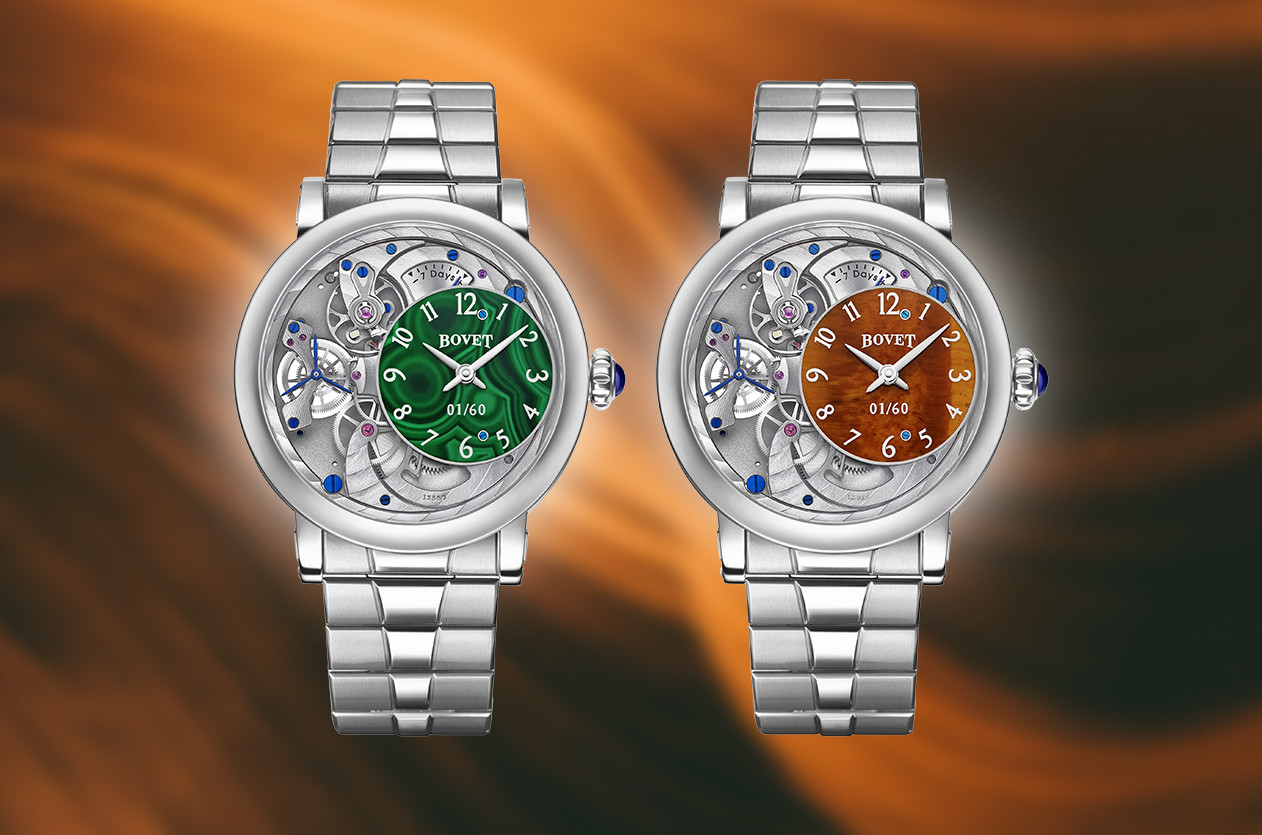
Introducing Bovet Expands the Récital 12 Collection With Rare Gemstone Dials
Welcome to the hub of the horoloy
The French Watchmaker Triumphs with His Ingenious "Pendule à Seconde"
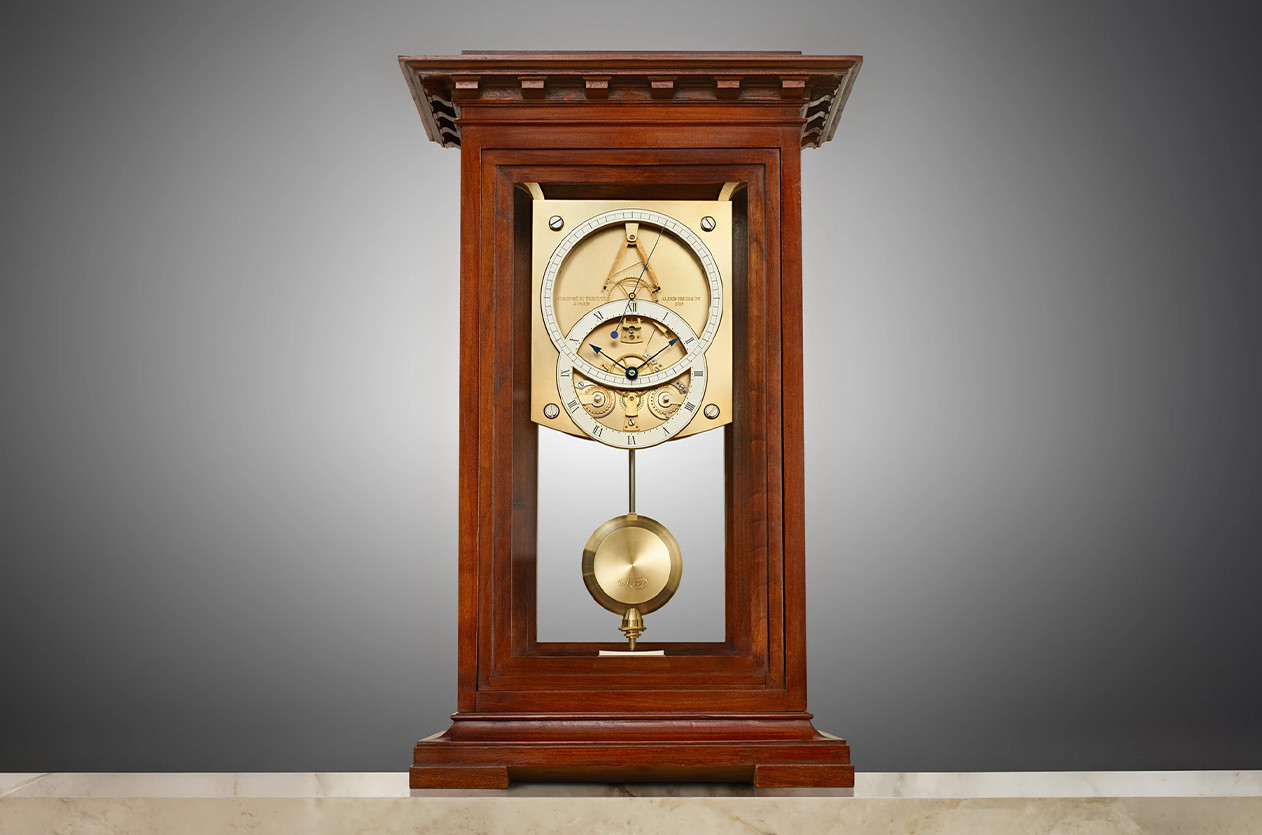
Since its inception in 2015, the F.P. Journe Young Talent Competition has been committed to honoring the next generation of independent watchmakers, with support from "The Hour Glass," a luxury watch retailer in Singapore and Southeast Asia. Together, the two companies aim to ensure the continuity of fine watchmaking and foster a deep appreciation for exceptional craftsmanship in the world of horology. With a particular focus on technical mastery, mechanical creativity, and classical craftsmanship, the competition annually highlights one winner whose work embodies both skill and vision.
 Among the rising stars who have won the prize is French watchmaker Rémy Cools, who received the award in 2018 and launched his career as an independent watchmaker. His second creation, the "Atelier Tourbillon" watch, went on to win a prize at this year's Grand Prix d'Horlogerie de Genève (GPHG).
Among the rising stars who have won the prize is French watchmaker Rémy Cools, who received the award in 2018 and launched his career as an independent watchmaker. His second creation, the "Atelier Tourbillon" watch, went on to win a prize at this year's Grand Prix d'Horlogerie de Genève (GPHG).
 Last year, French watchmaker Thomas Aubert won the award for his creation "Séléné," a hand-wound mechanical wristwatch he designed during his final year at the Edgar Faure School in Morteau, France.
Last year, French watchmaker Thomas Aubert won the award for his creation "Séléné," a hand-wound mechanical wristwatch he designed during his final year at the Edgar Faure School in Morteau, France.
 The selection criteria focus on technical achievement, pursuit of complexity, quality of craftsmanship, and aesthetic sense. Applicants must independently design and manufacture a watch or a technical innovation.
The selection criteria focus on technical achievement, pursuit of complexity, quality of craftsmanship, and aesthetic sense. Applicants must independently design and manufacture a watch or a technical innovation.
The winner receives a certificate and a financial prize of 50,000 Swiss francs, intended to support their ongoing development, whether through acquiring necessary tools or advancing future projects.
 For the 2025 edition, the jury — comprising esteemed figures such as Philippe Dufour, Andreas Strehler, Giulio Papi, Marc Jenni, Michael Tay, Elizabeth Doerr, and François-Paul Journe — selected Paris-based watchmaker Alexis Frauhof for his creation "Pendule à Seconde," a work that blends the precision of scientific watchmaking with the creative spirit of independent horology.
For the 2025 edition, the jury — comprising esteemed figures such as Philippe Dufour, Andreas Strehler, Giulio Papi, Marc Jenni, Michael Tay, Elizabeth Doerr, and François-Paul Journe — selected Paris-based watchmaker Alexis Frauhof for his creation "Pendule à Seconde," a work that blends the precision of scientific watchmaking with the creative spirit of independent horology.
 Alexis Frauhof, 29 years old and a graduate of Lycée Diderot in Paris, won the 2025 prize and was honored during a reception at the F.P. Journe workshop, where he received his award from Michael Tay, CEO of The Hour Glass, and François-Paul Journe, in the presence of jury members and former winners who attended to support and share their experiences.
Alexis Frauhof, 29 years old and a graduate of Lycée Diderot in Paris, won the 2025 prize and was honored during a reception at the F.P. Journe workshop, where he received his award from Michael Tay, CEO of The Hour Glass, and François-Paul Journe, in the presence of jury members and former winners who attended to support and share their experiences.
 The "Pendule à Seconde" clock was created entirely from scratch and crafted by hand, with Frauhof combining traditional techniques and modern innovations. The clock features a pivoted detent escapement, an adjustable pendulum, and a design inspired by the works of French watchmakers Antide Janvier and Paul Garnier. The case is made from solid cherry wood, paying tribute to French watchmaking of the 18th century.
The "Pendule à Seconde" clock was created entirely from scratch and crafted by hand, with Frauhof combining traditional techniques and modern innovations. The clock features a pivoted detent escapement, an adjustable pendulum, and a design inspired by the works of French watchmakers Antide Janvier and Paul Garnier. The case is made from solid cherry wood, paying tribute to French watchmaking of the 18th century.
The project began in 2022 during Frauhof's final year in the DNMADe (National Diploma in Arts and Crafts Design) program at the Paris School of Watchmaking.
 All components of the "Pendule à Seconde" were developed from scratch, without reusing any parts from previous projects. Even the tools used in the manufacturing process were designed and built specifically for this project. The work continued over three years alongside his academic training.
All components of the "Pendule à Seconde" were developed from scratch, without reusing any parts from previous projects. Even the tools used in the manufacturing process were designed and built specifically for this project. The work continued over three years alongside his academic training.
The regulator was built using a combination of traditional and modern techniques. The movement, suspended on a support, features an escapement inspired by Paul Garnier’s designs, operating on a system of teeth and pins. Only one arm delivers the impulse, while the opposite arm ensures security. The screws were made from "Hardial," a modern self-lubricating composite that is lightweight and highly resistant to wear.
The movement is powered by two barrels, in a design inspired by the marine chronometers crafted by Breguet. The gear train was entirely handmade: gears were cut, hardened, thermally blued, polished with boxwood, and "turned between centers" to ensure precise centering.
Two options were considered for the case: one in gilded bronze and the other in solid cherry wood, with the latter ultimately selected. The design drew inspiration from the clock cases crafted by carpenter Jean-Ferdinand Schwerdfeger for Antide Janvier and was later refined with help from Parisian historical clock expert Stéphane Gerardo to ensure it respected the exact proportions of late 18th-century French watchmaking. The case can be dismantled into three sections: the base, the frame, and the cover, and it includes a hidden door.
The dial was made from hand-engraved and silver-plated brass, secured by an invisible mounting system, which was a technical challenge in itself. Accompanying it is a hand-engraved plate used to measure the amplitude of the balance wheel, providing a precise visualization of the pendulum’s motion.
For more options visit F.P Journe official website.

Opinion Four Brands Poised to Steal the Spotlight at Geneva Watch Days 2025

News Trump Hits Swiss Imports With 39% Tariffs

News 6th Edition of Geneva Watch Days 2025
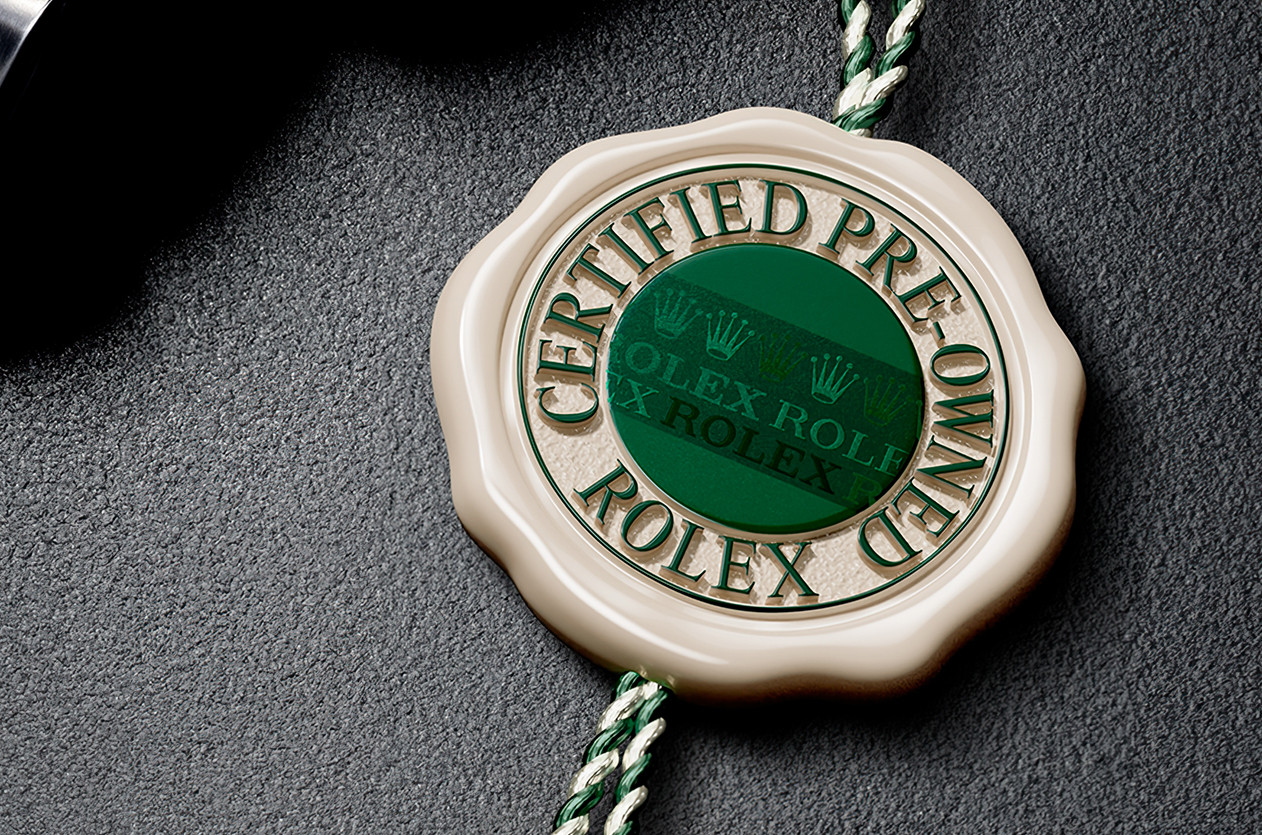
Editorial What is the reason behind the scarcity of Rolex watches in boutiques?

Introducing H992: A New Independent Brand Rising in Swiss Watchmaking

News Dubai Watch Week 2025 Will Be the Largest Ever with 90 Brands Participating
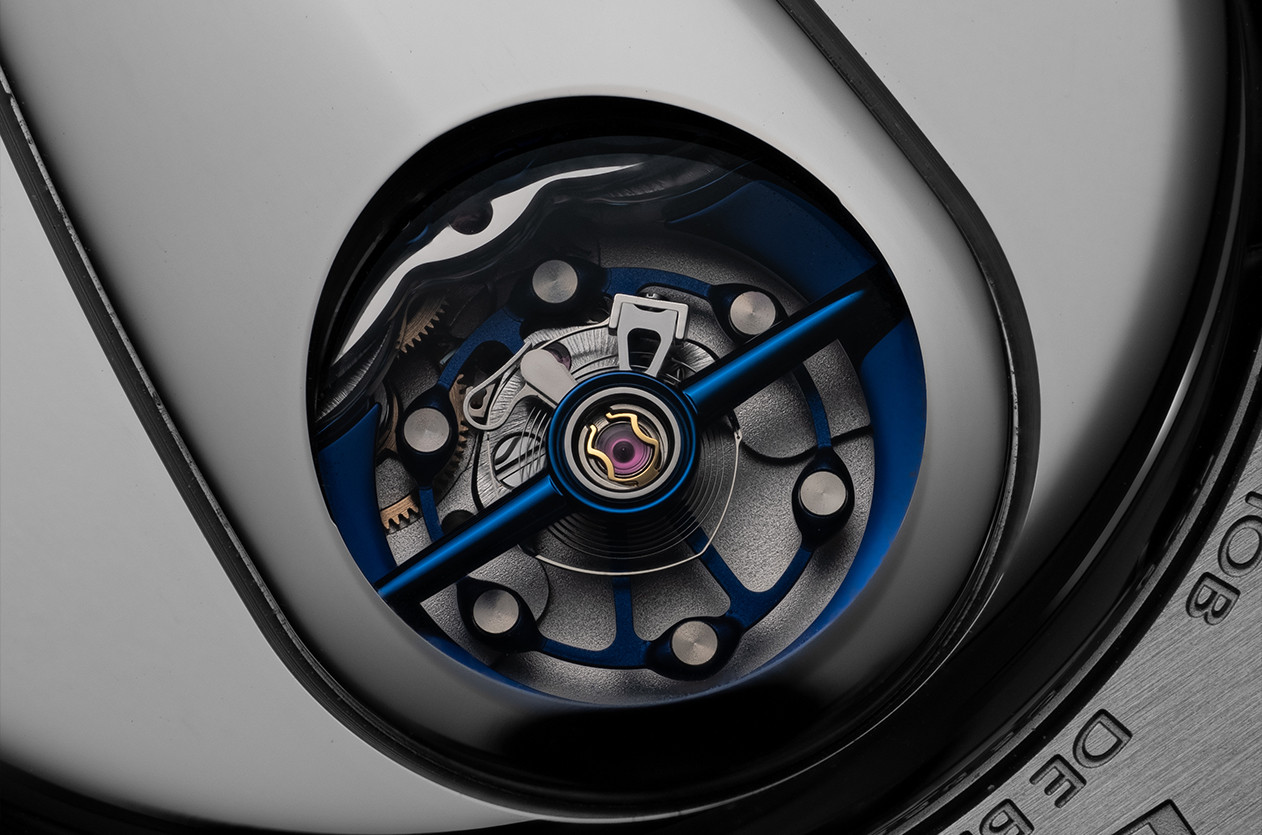
Technical The Frequency, Why It Matters in Mechanical Watches
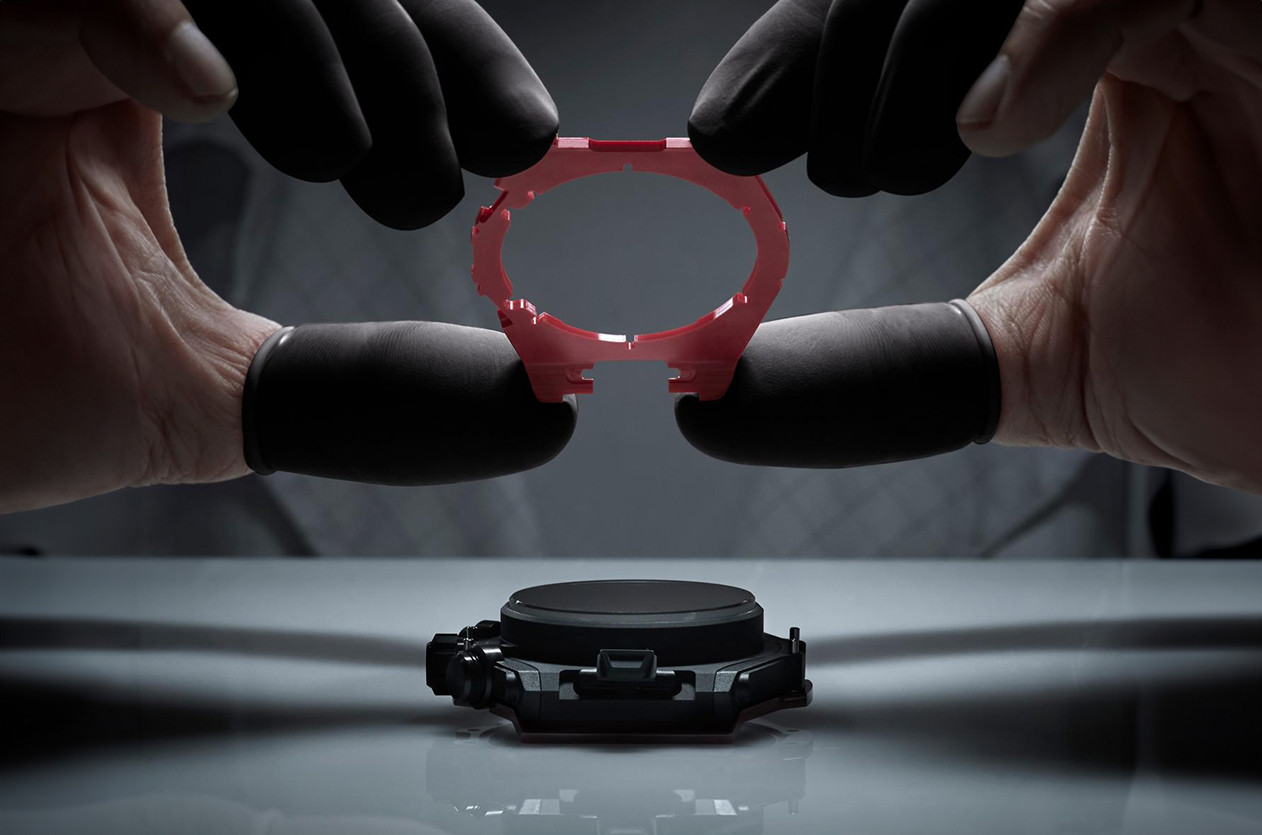
Editorial The Secrets of Watch Case Design

Editorial Abraham-Louis Breguet, The Father of Modern Horology
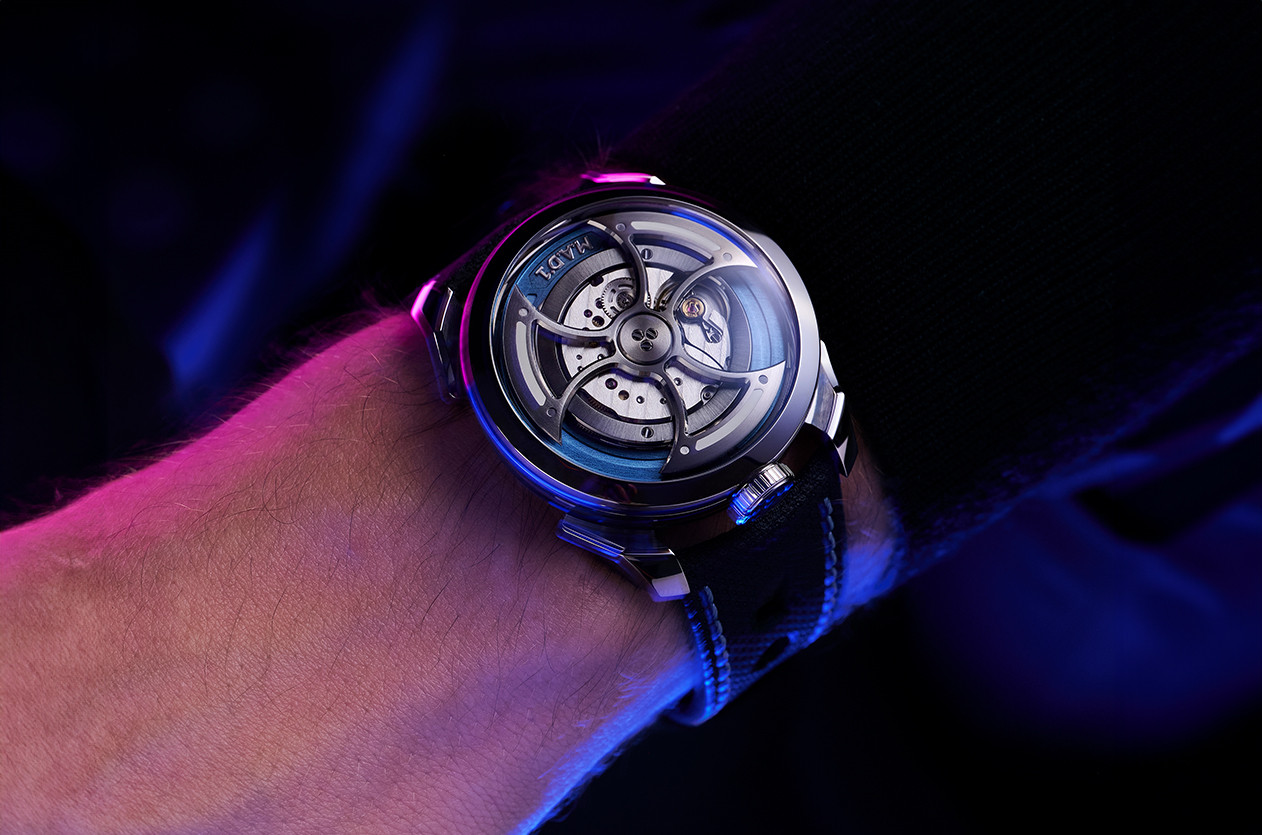
Introducing MB&F Unveils the New Generation of Its Famous Collection the M.A.D.1S
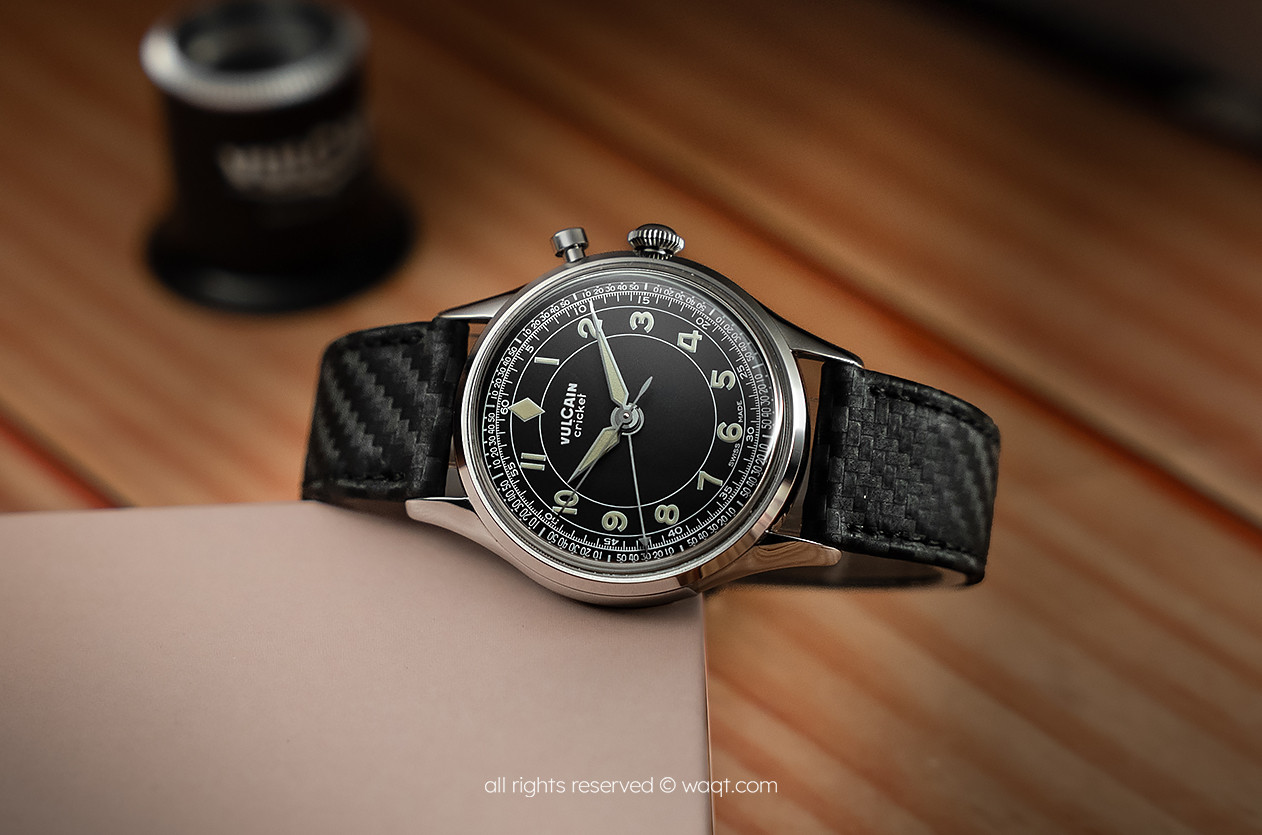
Hands on Vulcain Cricket Classic 39mm Black & Khaki
Comment Delete Text
This page is available in English only. Please click below to visit Arabic Home page!